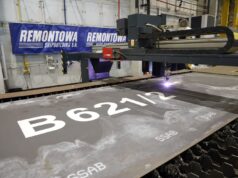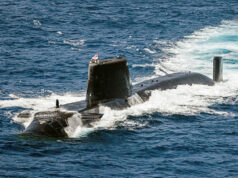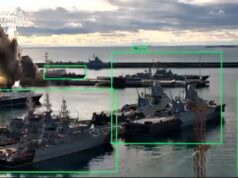Ultra Electronics Ocean Systems has been awarded Next Generation Surface Search Radar programme work worth up to $34.5 Million.
Ultra Electronics is a British company serving the defence, security, transport and energy industries. Ultra Electronics Ocean Systems Inc. is a subsidiary based in the United States.
The Naval Surface Warfare Center, Port Hueneme Division, announced in March that Ultra Electronics Ocean Systems, based in Braintree, Massachusetts, is being awarded a $27,978,119 cost-plus-fixed-fee and cost contract for the development and production of Next Generation Surface Search Radar qualification systems (NGSSR).
The primary objective of the NGSSR programme is to develop a replacement for legacy US Navy shipboard surface search radar systems due to current military threats and obsolescence issues.
The contract will outline the requirements and approach for NGSSR along with funding the development, integration, test, demonstration, product support, and systems engineering. The new NGSSR system will then replace all variants of the current AN/SPS-67, AN/SPS-73, BridgeMaster E series, and commercial of-the-shelf radar systems.
Rochelle Borden, President of Ultra Electronics Ocean Systems commented:
“Ultra is pleased to be providing such a critical capability to our US Navy’s surface fleet. As the maritime environment becomes increasingly complex the Next Generation Surface Search Radar system provides enhanced radar performance and situational awareness, while also delivering ship defence against surface and low altitude air threats.
By leveraging the latest in digital technology, NGSSR increases protection to both our surface ships and crews. We look forward to a continued partnership with the US Navy and installation of NGSSR across the fleet.”
The firm says that this contract includes options which, if exercised, would bring the cumulative value of this contract to $34,563,961. Work will be performed in Chantilly, Virginia (58%); Wake Forest, North Carolina (39%); Braintree, Massachusetts (3%); and is expected to be complete by July 2021.













